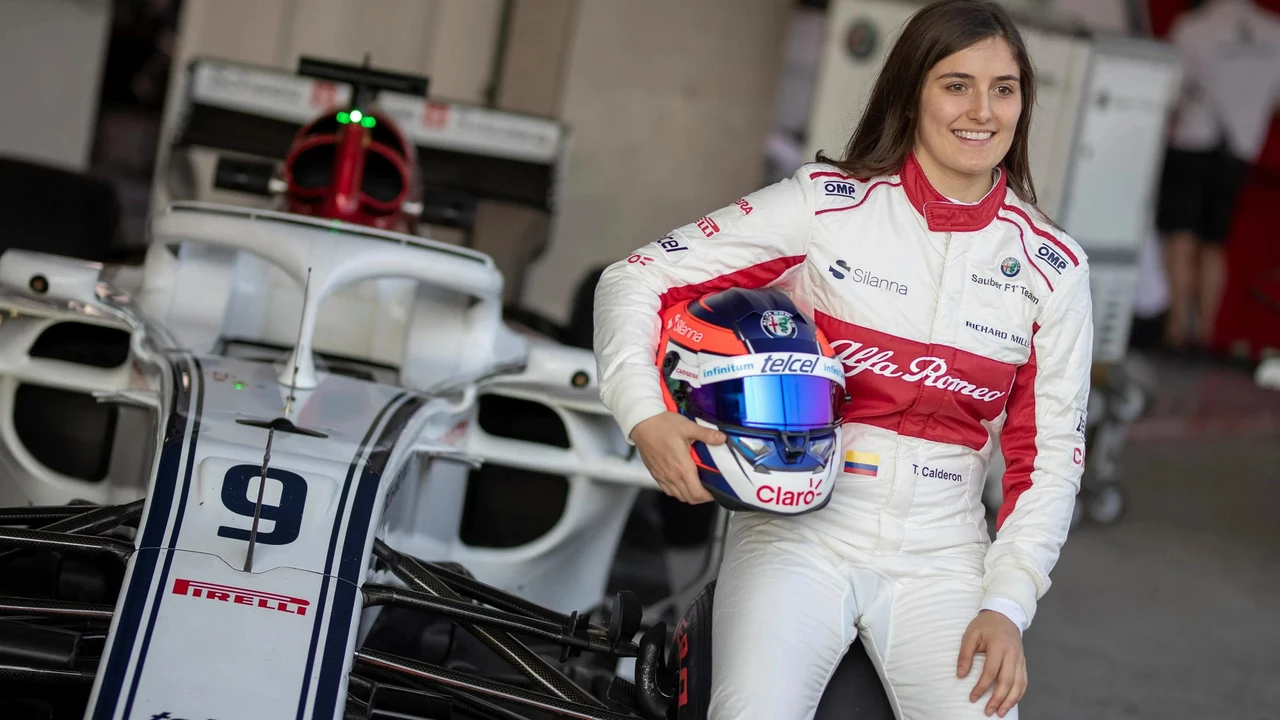Fan Perspective in Motorsports: What Drives the Crowd
When you dive into the Fan Perspective, the unique viewpoint of motorsport enthusiasts. Also known as racing fan outlook, it shapes how events feel, why fans stay loyal, and which stories stick in the community. The Motorsports, competitive vehicle racing across many disciplines world thrives on that energy. Racing Fans, people who follow, discuss and attend races bring noise, debate, and social buzz. Their shared Fan Culture, rituals, slang and traditions around racing creates a feeling that no sponsor can buy.
Why the Fan Perspective Matters
The fan perspective encompasses personal opinions on motorsports, and those opinions drive ticket sales, merchandise demand, and media coverage. A passionate fan can turn a weekend race into a local festival, which in turn boosts the motorsport event atmosphere. Fans influence how broadcasters frame a race, because their chatter on social media highlights drama that producers can’t ignore. This feedback loop means that the more fans share, the more organizers adapt – a clear example of the semantic triple: Fan perspective influences event programming. Likewise, Racing fans shape brand partnerships by voicing what they value.
Looking at the collection of posts below, you’ll see how the fan perspective shows up in many corners of the sport. From the excitement around different auto‑racing types to debates on whether drifting is "stupid," each article captures a slice of what fans care about. The piece on “What are the different types of auto racing?” reflects how fans compare Formula 1, NASCAR and rallying, while the “Is drifting a stupid motorsport?” post reveals a common fan argument that sparked a deeper look at skill and culture.
Another angle is the practical side of being a fan. The guide on getting an FIA International Competition License explains how some fans transition from spectators to participants, turning passion into a racing credential. Likewise, the “Why is it called pole position?” post satisfies a fan’s curiosity about racing jargon, a habit that many fan forums nurture. Each of these topics ties back to the central idea: fans don’t just watch, they ask, they argue, they learn, and they sometimes step onto the track.
Fan culture also extends to the gear and tech that support the experience. The article about fire‑proof shoes for F1 drivers shows how fans admire the safety tech that keeps their heroes alive. Meanwhile, the piece on the Isle of Man TT bikes highlights the machines that fans obsess over, dreaming of the roar and the risk. When fans discuss the letter “M” in BMW M5, they’re really exploring how manufacturers embed motorsport heritage into road cars – another fan‑driven narrative.
All these threads illustrate three core semantic connections: Fan perspective includes event experience; Fan culture drives media discussion; and Racing fans can become participants. By understanding these links, you’ll get a richer picture of why the motorsport community feels so alive. Below, you’ll find a curated list of articles that each showcase a different facet of the fan perspective – from history and tech to controversy and personal journeys. Dive in and see how the crowd’s voice shapes the sport you love.
- July 18, 2023
- Comments 0
- Motorsport Discussion
